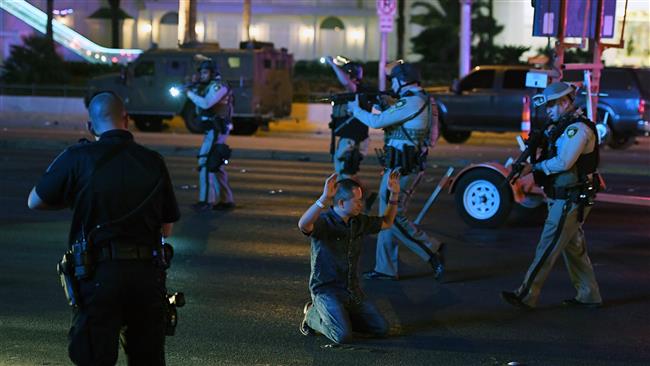
RNA - More than 100,000 people are shot each year in the US at a total cost of $45 billion, a cost that includes lost wages and hospital charges, according to a study published on Monday hours after the massacre in Las Vegas.
The study, published in the journal Health Affairs, found that more than 100,000 Americans were shot each year from 2006 to 2014, either as part of an assault, accidentally or while attempting to kill themselves.
“The numbers are really, really startling,” said Faiz Gani, one of the authors of the study and a postdoctoral research fellow at Johns Hopkins School of Medicine. “Previous studies just focused on the mortality, but ignored the larger chunk of people who don’t die but are affected by this issue.”
The two worst mass shooting events in the US – this week’s Las Vegas shooting and last year’s nightclub shooting in Orlando, Florida - have occurred in the last two years.
Although mass shootings, defined as an event where at least four people are shot, represent the most high-profile gun violence in the US, homicide, suicide and everyday violence kill many more.
“It’s just a matter of time before this happens again,” said Dr Thomas Weiser, a trauma surgeon and associate professor at Stanford University School of Medicine. “The truth is these tragedies – these mass shootings – attract tremendous headlines. The other truth is there is daily carnage throughout the United States in ones, twos and threes that don’t make headlines.”
Over the course of the study, 2006 to 2014, the US Centers for Disease Control and Prevention (CDC) estimated 970,622 people in the US were killed or injured by a firearm.
“A lot of these individuals tend to be from a lower socioeconomic background and tend to be uninsured,” Gani said. “They’re paying that out of pocket directly.”
Gun violence is the third-leading cause of accidental death in the US, behind drug overdoses and automobile crashes.
“This is a public health crisis we’re facing here in the US,” said Dr Joseph Sakran, a professor and trauma surgeon at Johns Hopkins School of Medicine and one of the co-authors of the new research.
847/940